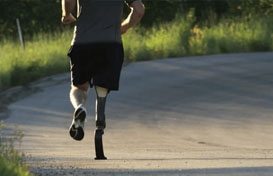Yes, you may be able to make a claim against the manufacturer if you have been harmed because of a defect with your automobile. Unfortunately, automobile companies often cut corners on safety in order to increase their profitability. In many cases, those risks that they choose to take affect the lives of their customers.
If you have been involved in an automobile accident and you suspect the accident was caused by a problem with your vehicle, you must be able to prove that the cause of the accident was the result of the manufacturer’s negligence. You may be able to show this by proving there was a poor design or that the materials were of low quality. Some common examples of defects in automobiles which can cause harm include defective tires, brakes, airbags, and fuel systems.
Being involved in a serious accident can impact the accident victim’s life for a long period of time, regardless of how serious the accident was. Medical expenses may be high, and the victims may be unable to work while they are recovering. Some people do not recover and could require lifelong medical care. When an accident was caused by the negligence of an automobile company, that company must be held accountable and should pay compensation to those who are injured. Many automobile recalls occur only if an automobile manufacturer decides it is financially feasible to issue a recall.
If you have been harmed in an automobile accident because of the negligence of an automobile manufacturer, call me, Conal Doyle, Los Angeles product liability attorney at 310-385-0567. My team can help. Call us today to learn more or to schedule a free consultation on your case.












